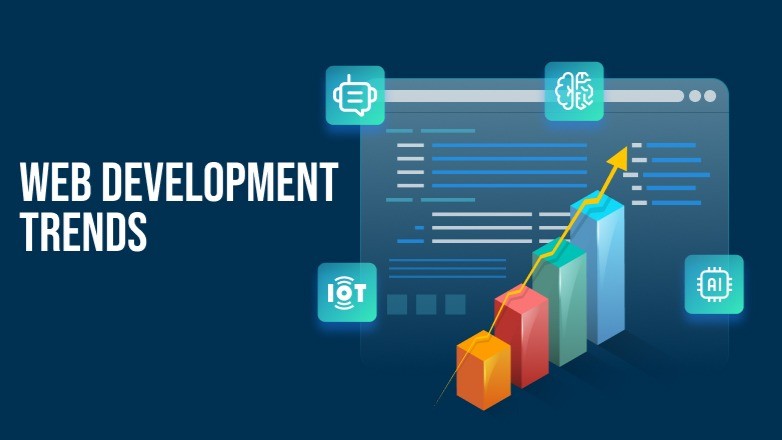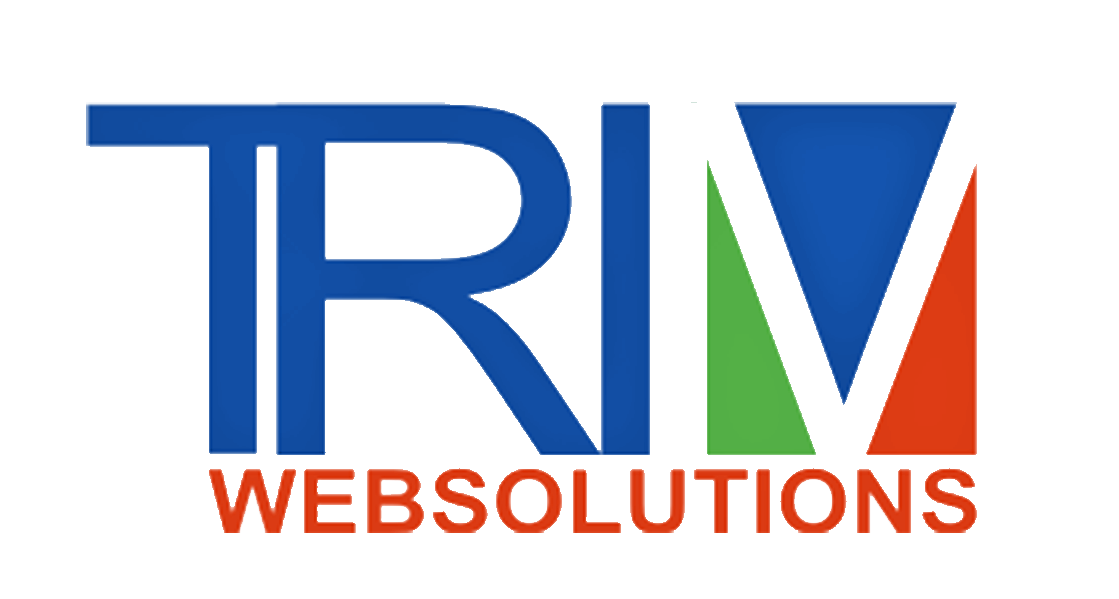The Future of Web Development: Trends to Watch in 2025

The Future of Web Development: Trends to Watch in 2025
The world of web development is evolving at an unprecedented pace. As new technologies emerge and user expectations shift, developers must stay ahead of the curve to remain competitive. In 2025, web development will be shaped by a mix of automation, artificial intelligence, enhanced user experiences, and improved security measures. Here are the top trends that will define the future of web development.
1. Artificial Intelligence and Machine Learning Integration
Artificial intelligence (AI) and machine learning (ML) have already started transforming web development. In 2025, AI-driven tools will play an even greater role in automating repetitive tasks such as code generation, testing, and debugging. AI-powered chatbots and virtual assistants will enhance customer experiences, providing real-time support and personalized interactions.
AI in web development will also impact search engine optimization (SEO), with search engines prioritizing AI-generated content and AI-driven user engagement analytics.
2. Progressive Web Apps (PWAs) Dominance
PWAs have been gaining popularity over the past few years, and by 2025, they are expected to become the standard for web applications. These apps combine the best features of traditional websites and mobile apps, offering fast loading speeds, offline capabilities, and seamless user experiences.
PWAs are particularly beneficial for businesses looking to enhance user engagement and reduce bounce rates. As more companies adopt PWAs, the demand for traditional mobile apps may decline, shifting the focus toward web-first development.
3. Web3 and Blockchain Integration
The rise of Web3, a decentralized internet powered by blockchain technology, is set to revolutionize web development. By 2025, we can expect an increase in blockchain-based applications, including decentralized finance (DeFi) platforms, smart contracts, and non-fungible token (NFT) marketplaces.
Web3 will give users more control over their data and online identities, reducing reliance on centralized authorities. Developers will need to adapt by integrating blockchain protocols and security measures to build decentralized applications (dApps) with enhanced transparency and security.
4. Voice Search Optimization
With the increasing adoption of voice assistants like Alexa, Google Assistant, and Siri, optimizing websites for voice search will become a necessity in 2025. Voice search queries differ from text-based searches, often being more conversational and question-based.
To stay ahead, developers and SEO specialists must focus on optimizing content for natural language processing (NLP), using structured data, and enhancing page speed to meet the demands of voice search users.
5. No-Code and Low-Code Development
The rise of no-code and low-code development platforms is making web development more accessible to non-programmers. By 2025, these platforms will continue to grow, allowing businesses and individuals to build functional websites and applications without extensive coding knowledge.
No-code tools like Webflow, Wix, and Bubble are empowering startups and small businesses to develop digital solutions quickly, reducing development costs and time-to-market.
6. Serverless Architecture and Cloud Computing
Serverless computing is becoming a game-changer in web development. By 2025, more companies will adopt serverless architectures, reducing the need for managing traditional servers and infrastructure.
With serverless platforms like AWS Lambda, Google Cloud Functions, and Azure Functions, developers can focus on writing code without worrying about server maintenance. This approach offers improved scalability, cost-effectiveness, and faster deployment times.
7. Cybersecurity and Data Privacy Enhancements
As cyber threats continue to rise, cybersecurity will remain a top priority for web developers in 2025. With data breaches becoming more frequent, companies must implement robust security measures, such as end-to-end encryption, multi-factor authentication (MFA), and secure coding practices.
The introduction of stricter data protection regulations will require developers to focus on compliance and user privacy, ensuring websites and applications adhere to legal standards such as GDPR and CCPA.
8. Motion UI and Advanced User Experience (UX) Design
User experience (UX) is a key factor in web development success. By 2025, motion UI will play a significant role in enhancing website interactions, providing smooth animations and transitions that improve user engagement.
Advanced UX design will focus on accessibility, minimalistic designs, and dark mode preferences. Developers will need to prioritize mobile-first designs and seamless navigation to create engaging digital experiences.
9. 5G Technology and Faster Web Experiences
With the widespread adoption of 5G networks, web developers will have more opportunities to create high-performance websites with faster load times and richer multimedia experiences. 5G technology will enhance video streaming, real-time gaming, and augmented reality (AR) applications on the web.
By leveraging 5G’s high-speed connectivity, developers can optimize web applications for better responsiveness and interactivity, leading to improved user satisfaction.
10. Edge Computing for Faster Content Delivery
Edge computing is emerging as a solution to reduce latency and improve web performance. Instead of relying on centralized data centers, edge computing distributes processing power closer to the end user.
By 2025, more websites will leverage Content Delivery Networks (CDNs) and edge computing to enhance page loading speeds, reduce downtime, and improve scalability. This trend is particularly crucial for e-commerce, media streaming, and real-time applications.
Conclusion
The future of web development in 2025 will be defined by AI-driven automation, decentralized applications, enhanced security, and seamless user experiences. As technology continues to evolve, developers must adapt to these emerging trends to stay ahead in the competitive digital landscape.
By embracing these innovations, businesses can create high-performance, secure, and user-friendly websites that meet the growing demands of modern consumers. Whether you're a developer, entrepreneur, or tech enthusiast, staying updated on these trends will help you navigate the ever-changing world of web development.
Are you ready for the future of web development? Let’s innovate and build the web of tomorrow! 🚀
9 0 7
Write a Comments
* Be the first to Make Comment















